Adopting healthy eating habits is one of the most effective ways to maintain a balanced lifestyle. What you eat can influence your energy levels, mood, and overall well-being. Incorporating the following habits into your daily routine can help you feel your best every day.
Start Your Day with a Nutritious Breakfast
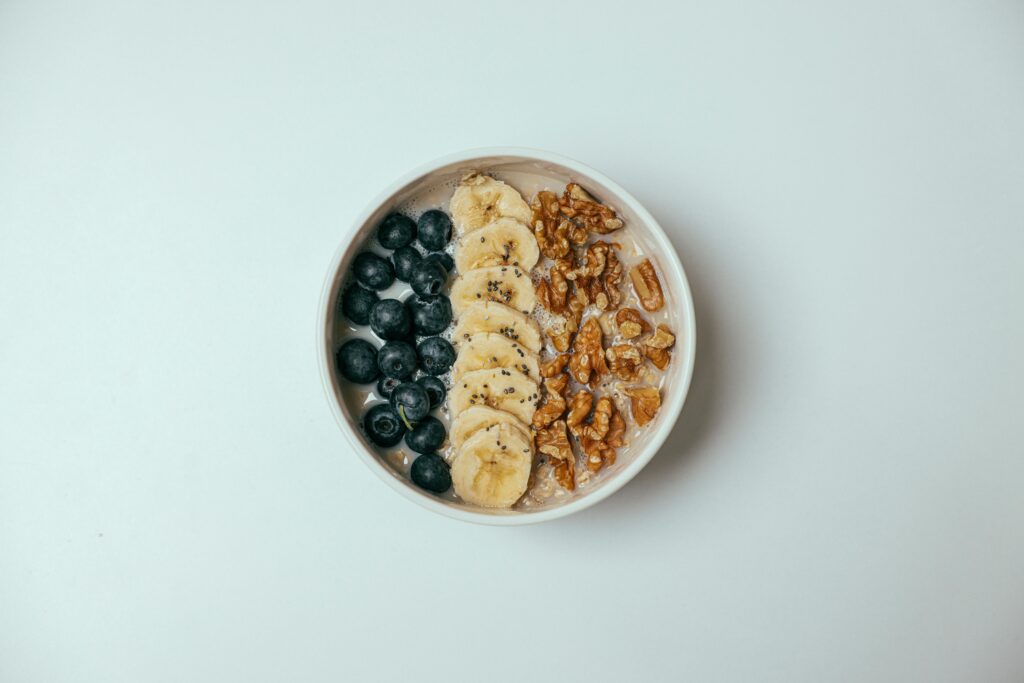
Kicking off your day with a balanced breakfast sets the tone for healthy eating throughout the day. A meal rich in protein, fiber, and healthy fats can keep you full longer and reduce cravings later on. For instance, try oatmeal topped with fresh berries and a sprinkle of nuts. This combination provides lasting energy and essential nutrients to start your day strong.
Hydrate Throughout the Day

Staying hydrated is crucial for maintaining overall health and supporting bodily functions. Drinking water regularly helps with digestion, circulation, and temperature regulation. Carry a reusable water bottle to remind yourself to drink, and aim for at least eight glasses a day. Remember, herbal teas and water-rich fruits like cucumbers also contribute to your hydration.
Incorporate More Whole Foods

Whole foods, such as fruits, vegetables, whole grains, and lean proteins, should make up the bulk of your diet. They are nutrient-dense and provide your body with vitamins, minerals, and fiber. Opt for whole foods over processed ones to ensure you’re fueling your body with the best possible nutrients. For example, choose a whole apple over apple juice to benefit from fiber and natural sugars.
Practice Portion Control
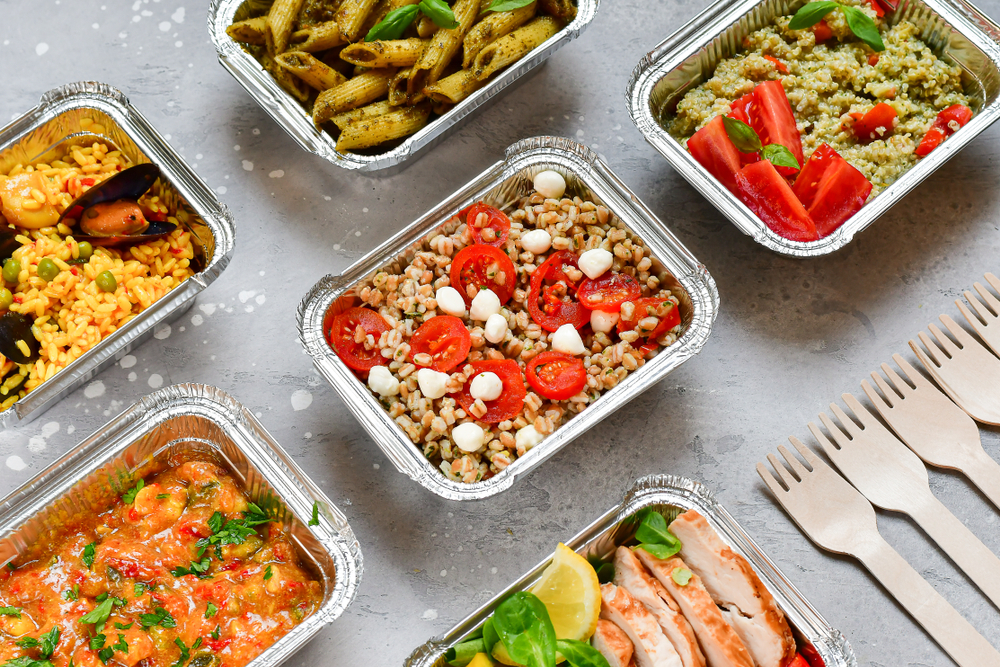
Eating in moderation is key to maintaining a healthy weight and preventing overeating. Using smaller plates and being mindful of portion sizes can help you control how much you consume. This doesn’t mean you have to deprive yourself; it’s about finding a balance. By keeping portions in check, you can enjoy your favorite foods without overindulging.
Add More Plant-Based Meals

Incorporating more plant-based meals into your diet can boost your intake of fiber, vitamins, and minerals. It doesn’t mean you have to go fully vegetarian, but try replacing meat with plant-based proteins like beans, lentils, or tofu a few times a week. This not only benefits your health but also supports environmental sustainability.
Limit Added Sugars
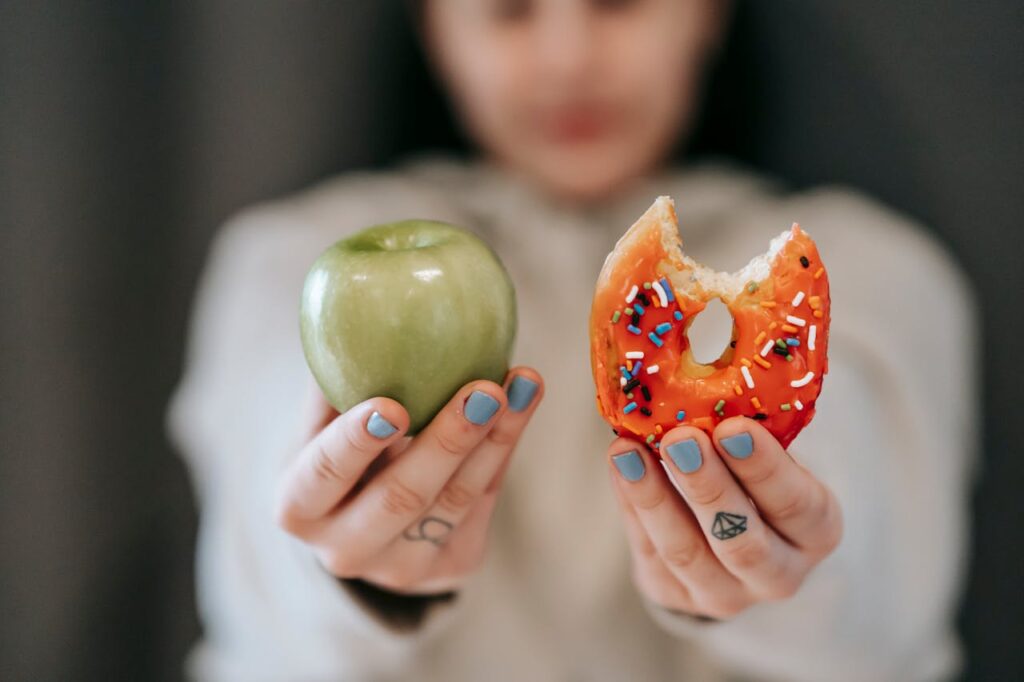
Reducing your intake of added sugars can significantly improve your overall health. Excess sugar is linked to weight gain, diabetes, and other health issues. Instead of sugary snacks, reach for fruits that naturally satisfy your sweet tooth. Gradually cutting down on sugary beverages and desserts will make a noticeable difference in your energy levels and mood.
Focus on Balanced Meals
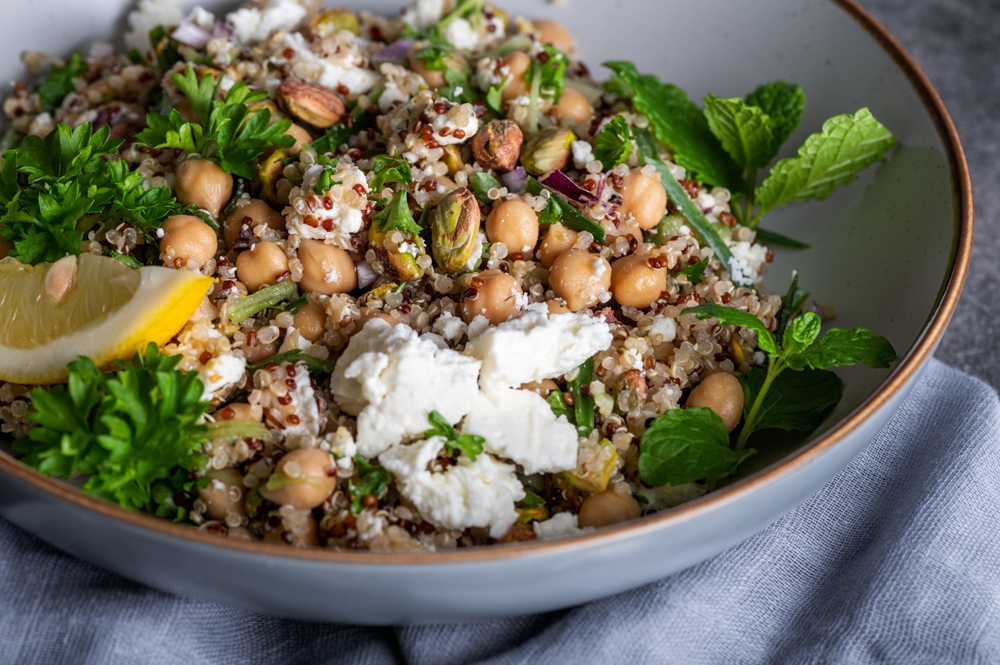
Aim to include a balance of protein, healthy fats, and carbohydrates in every meal. This combination helps stabilize blood sugar levels and keeps you feeling satisfied longer. For instance, pair lean chicken with quinoa and a side of sautéed vegetables for a well-rounded meal. This approach ensures you’re getting a variety of nutrients.
Snack Smartly
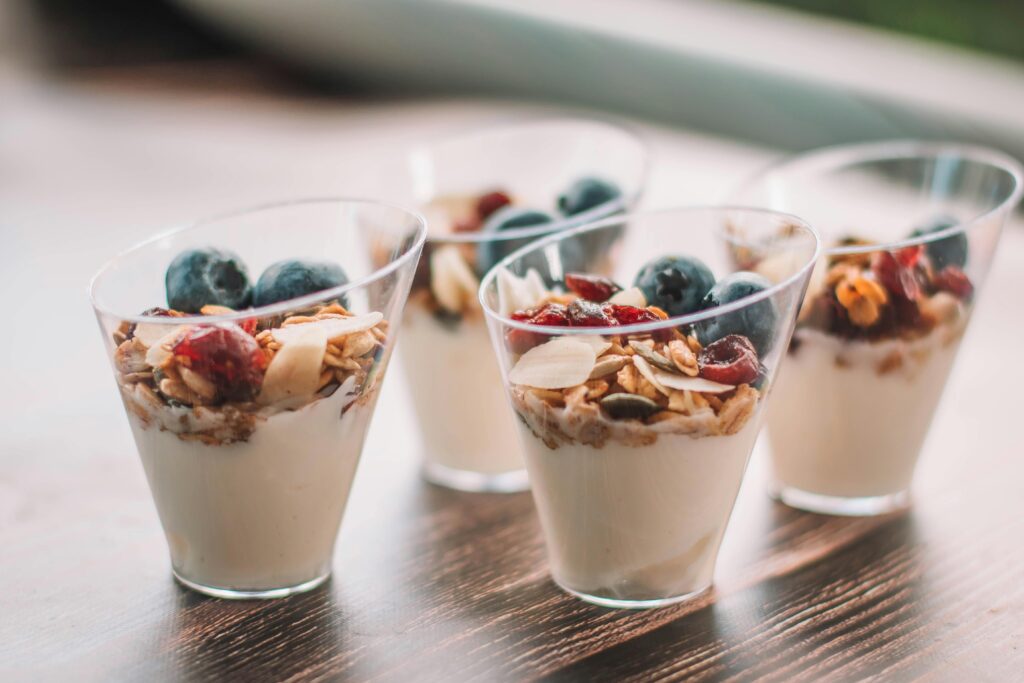
Snacking can be a healthy part of your diet if you choose nutrient-dense options. Instead of reaching for chips or candy, opt for snacks like nuts, yogurt, or fresh fruit. These options provide energy and essential nutrients without the empty calories. Keeping healthy snacks on hand can help curb hunger between meals.
Cook More at Home

Preparing your meals at home gives you control over the ingredients and cooking methods used. Home-cooked meals are often healthier and lower in calories, fat, and salt compared to restaurant or processed foods. Experiment with new recipes and cooking techniques to make healthy eating more enjoyable. Plus, cooking can be a fun way to unwind and connect with loved ones.
Practice Mindful Eating

Mindful eating involves paying attention to your food and the act of eating. It helps you enjoy your meals more and can prevent overeating. Take the time to savor each bite, notice the flavors, and listen to your body’s hunger and fullness cues. This practice can lead to healthier choices and a greater appreciation for your food.
Plan Your Meals Ahead

Meal planning is a great way to ensure you have healthy options available throughout the week. By planning your meals, you can avoid last-minute unhealthy choices and reduce food waste. Prepare a shopping list and stick to it to make grocery trips more efficient. Planning ahead also saves time and stress during busy weekdays.
Limit Processed Foods

Processed foods often contain high levels of salt, sugar, and unhealthy fats. Limiting these foods in your diet can improve your health and energy levels. Opt for fresh, whole foods whenever possible, and read labels to be aware of hidden ingredients. By reducing processed foods, you’re giving your body more of the nutrients it needs to thrive.
Include Healthy Fats

Not all fats are bad for you. Incorporating healthy fats from sources like avocados, nuts, seeds, and olive oil can support brain health and keep you feeling full. These fats are essential for absorbing vitamins and providing energy. Adding a handful of nuts to your salad or cooking with olive oil can make a big difference.
Eat More Fiber
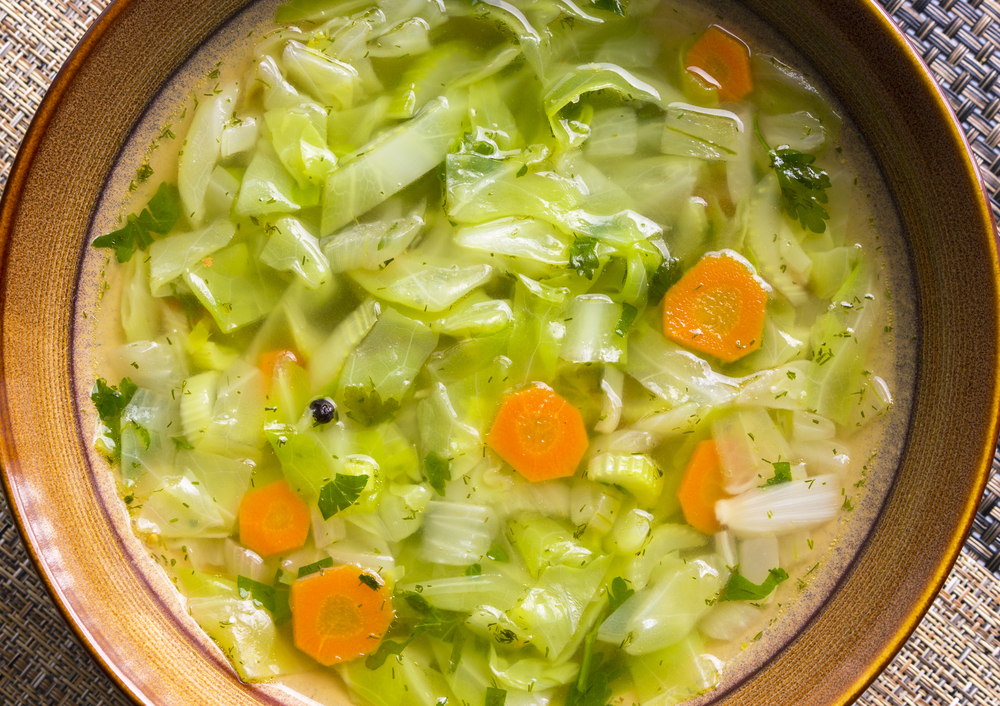
Fiber is essential for digestive health and can help prevent constipation and other digestive issues. It also helps regulate blood sugar levels and keeps you feeling full. Incorporate more fiber-rich foods like fruits, vegetables, whole grains, and legumes into your meals. A simple way to boost fiber intake is to choose whole-grain bread over white bread.
Be Cautious with Alcohol

While moderate alcohol consumption can be part of a balanced lifestyle, it’s important to be mindful of how much you drink. Alcohol can be high in empty calories and may interfere with your metabolism. If you choose to drink, do so in moderation and be aware of the impact on your health and weight. Opting for a glass of water or a non-alcoholic beverage can be a healthier choice.
Eat the Rainbow
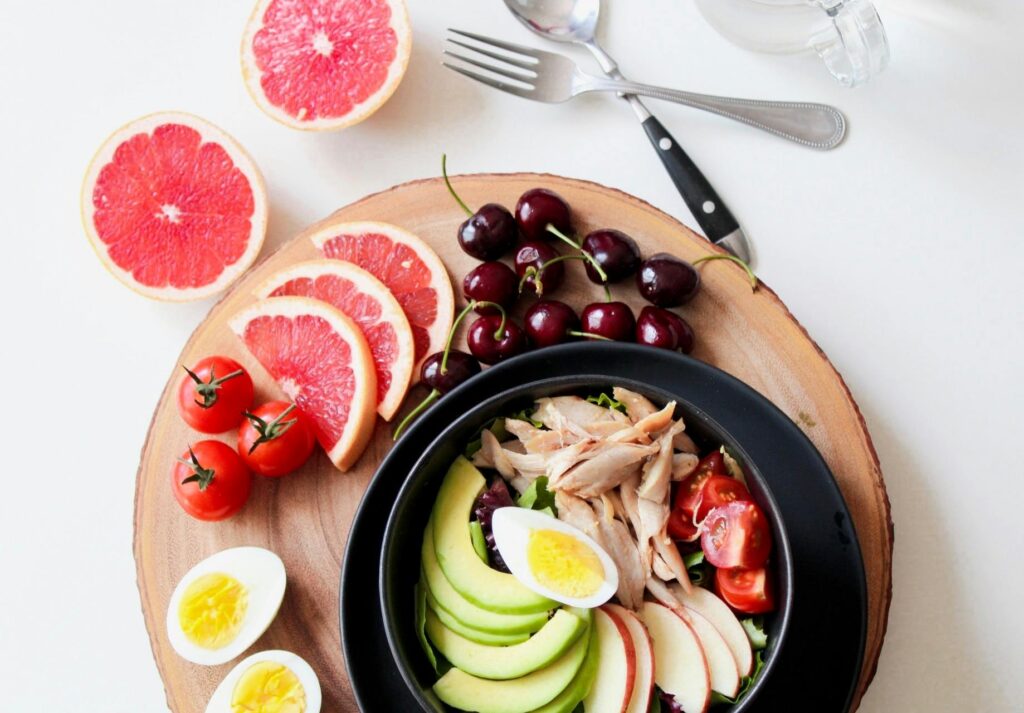
Eating a variety of colorful fruits and vegetables ensures you’re getting a wide range of nutrients. Different colors often represent different vitamins and minerals, so including a rainbow of produce in your diet is beneficial. For example, red tomatoes, orange carrots, and green spinach each offer unique health benefits. This approach not only supports health but also makes meals more visually appealing.
Practice Moderation, Not Deprivation

It’s important to remember that healthy eating doesn’t mean you have to give up all your favorite foods. Practicing moderation allows you to enjoy treats without overindulging. If you crave something sweet or indulgent, enjoy it in small portion and savor the experience. This balanced approach helps you maintain a healthy relationship with food.
Stay Active and Pair it with Healthy Eating
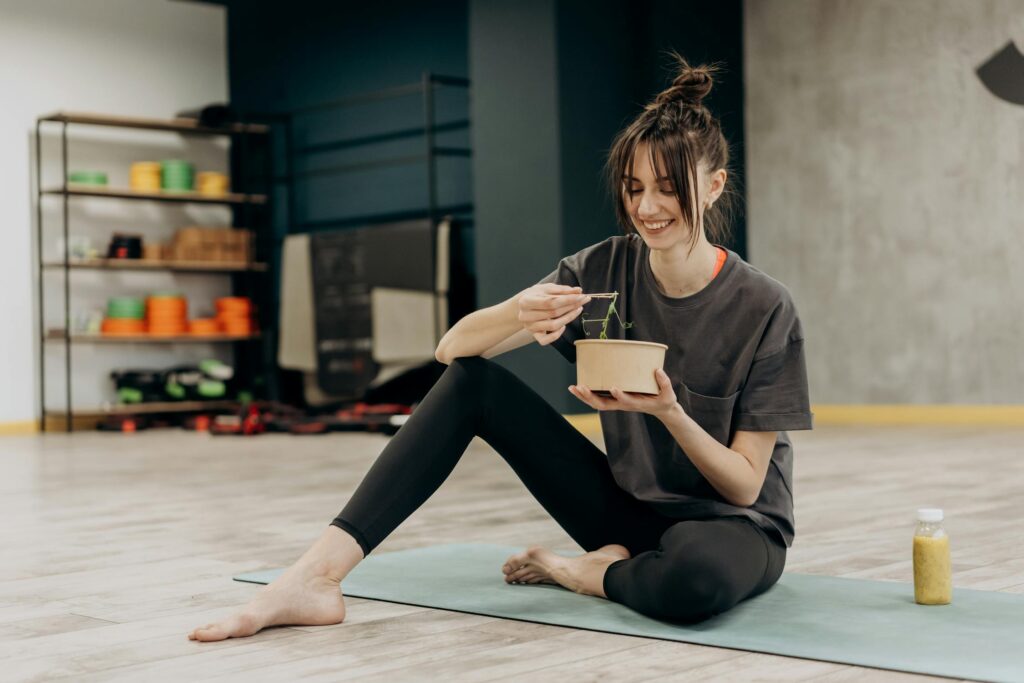
Physical activity complements healthy eating habits and contributes to overall well-being. Regular exercise helps you maintain a healthy weight, improves mood, and boosts energy levels. Pairing an active lifestyle with nutritious eating ensures you’re taking care of both your body and mind. Even simple activities like walking or stretching can make a big difference.
Make Healthy Swaps
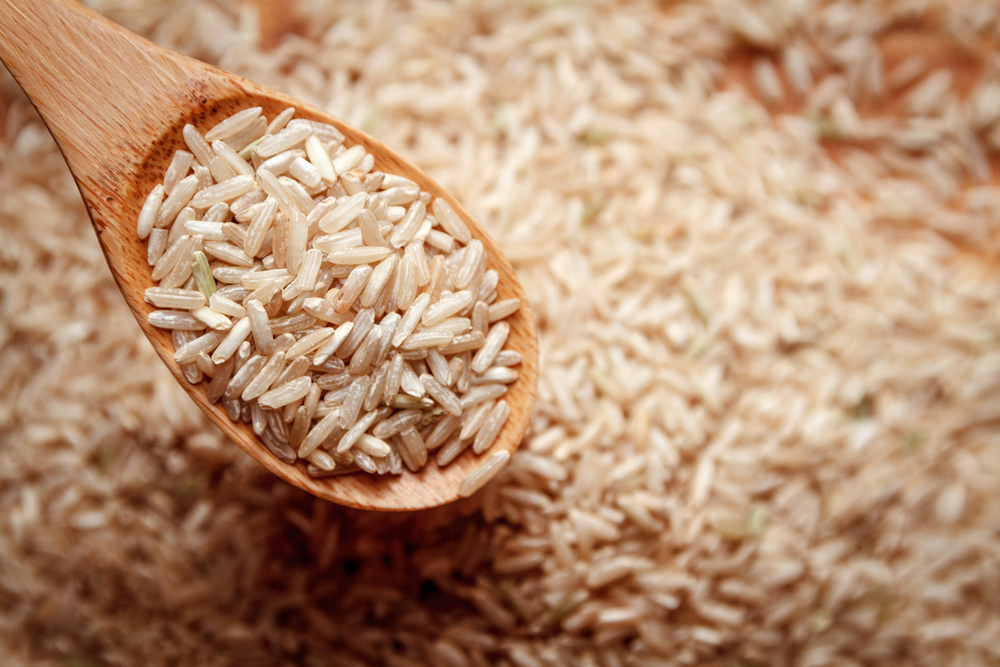
Small changes can lead to significant improvements in your diet. Consider making healthy swaps, such as replacing white rice with brown rice or using Greek yogurt instead of sour cream. These swaps add more nutrients to your meals without sacrificing flavor. Over time, these small adjustments can become second nature and contribute to long-term health.
Pay Attention to How Foods Make You Feel

Take note of how different foods affect your body and energy levels. Everyone’s nutritional needs are unique, so it’s important to observe which foods make you feel energized and which ones leave you feeling sluggish. By tuning into your body’s responses, you can make more informed choices that support your overall well-being.
This article originally appeared on UnifyCosmos.
More from UnifyCosmos
23 Best Cities Where You Can Buy a House for Under $100K

These hidden gems offer great amenities, thriving communities, and an unbeatable price tag. Read more!
20 Style Secrets for Looking Professional at the Office

Discover how to master office fashion and step into each workday with confidence and flair. Read more!
16 Elegant Kimono and Robe Styles for a Stunning Wedding Look

With their flowing fabrics, intricate designs, and rich colors, these styles not only capture attention but also ensure you feel effortlessly chic throughout the celebration. Read more!
Leave a Reply